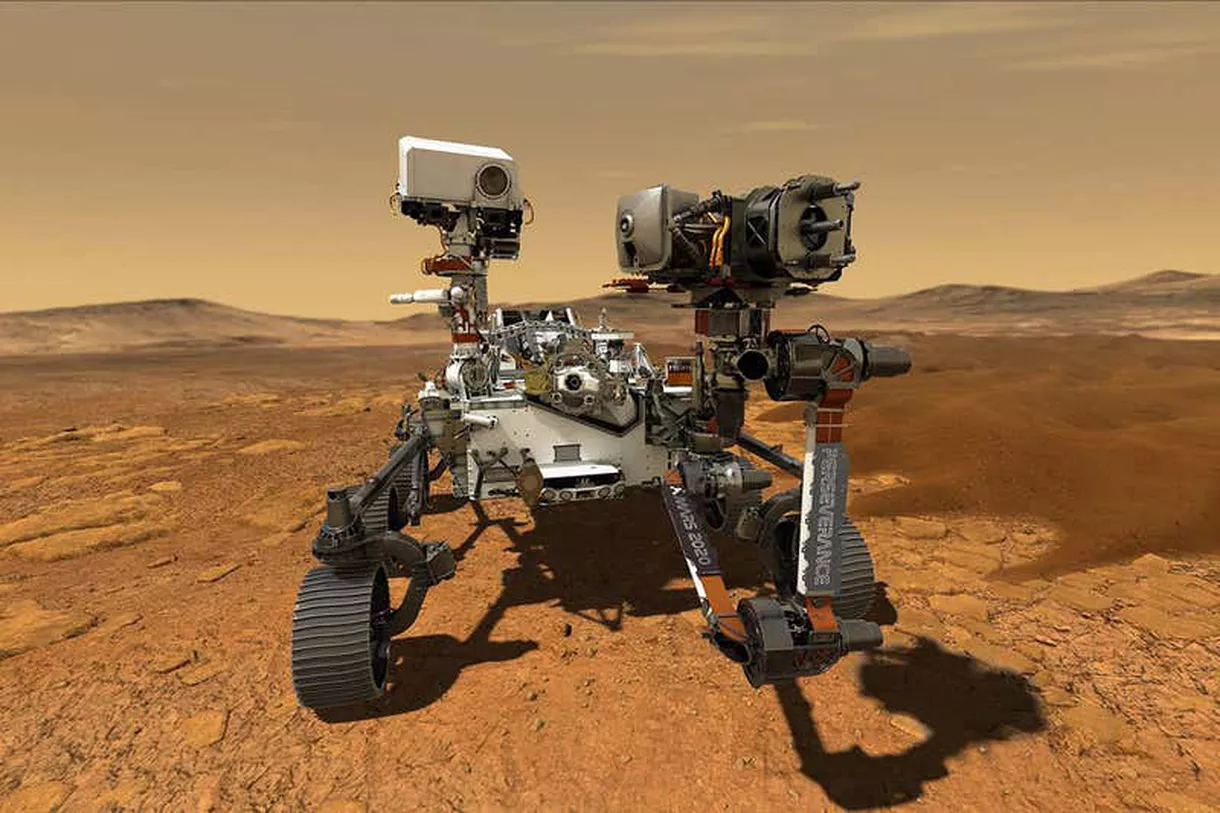
At first glance, not the best choice, right? Even though it’s difficult to buy computer parts these days, NASA could probably donate $ 500, for example, for something like an Intel Core i9-10900K processor.(with 10 cores and a maximum clock speed of 5.3 GHz). Considering that Perseverance cost NASA $ 2.7 billion. But, as the New Scientist explains , such a progressive chip, in fact, will only harm the operation of the rover due to the special conditions on Mars.

Image: Apple
This is largely due to the fact that the atmosphere of Mars is much less protective from harmful radiation and charged particles than the atmosphere of the Earth. A massive release of radiation can cause serious damage to sensitive electronics: the more complex the microcircuits, the more likely they are to fail. At 138 million miles away, NASA can't just pick up and swap out a processor if something goes wrong. That is why the Perseverance rover has two computational modules: one of them is a backup. A third copy of the module is also on board for image analysis.
To make the whole system more reliable, the PowerPC 750 chip in Perseverance is slightly different from the chip in the good old iMacs. Technically, it's a CPU RAD750 , a special version with protection from radiation, worth more than $ 200,000. In addition to Perseverance and Curiosity, it is also used in the Fermi gamma-ray telescope, the Lunar Reconnaissance Orbiter orbiter, the Deep Impact spacecraft for studying comets , the Kepler telescope and others.
Although the processor seems to us to be weak and outdated compared to modern smartphones or gaming PCs, the specificationNASA for Perseverance notes that it is much more powerful than the processors of earlier rovers, such as Spirit or Opportunity: its clock frequency is 200 MHz, which is 10 times higher than that of the indicated past rovers; Perseverance has 2GB of flash memory, which means it has eight times the storage capacity of earlier devices. To conclude, Perseverance has 256MB of RAM in case you want to build your own rover.